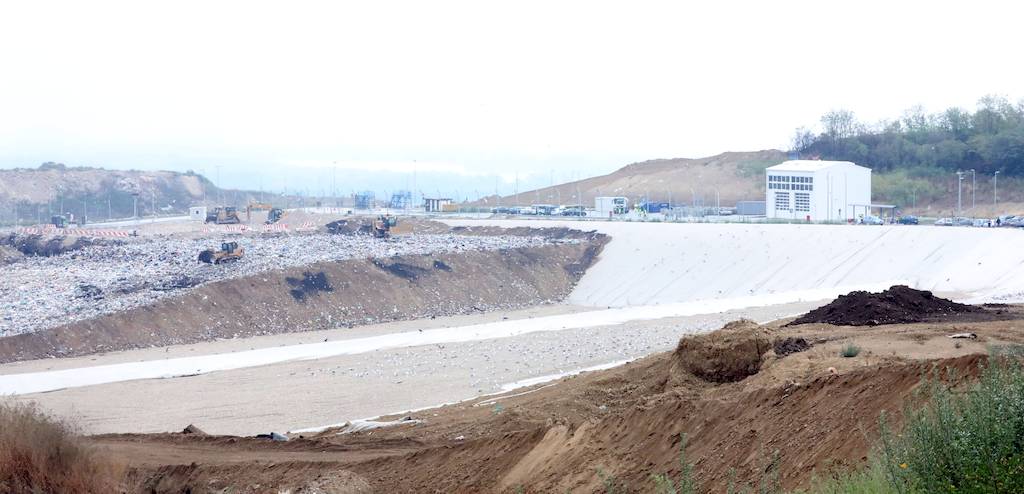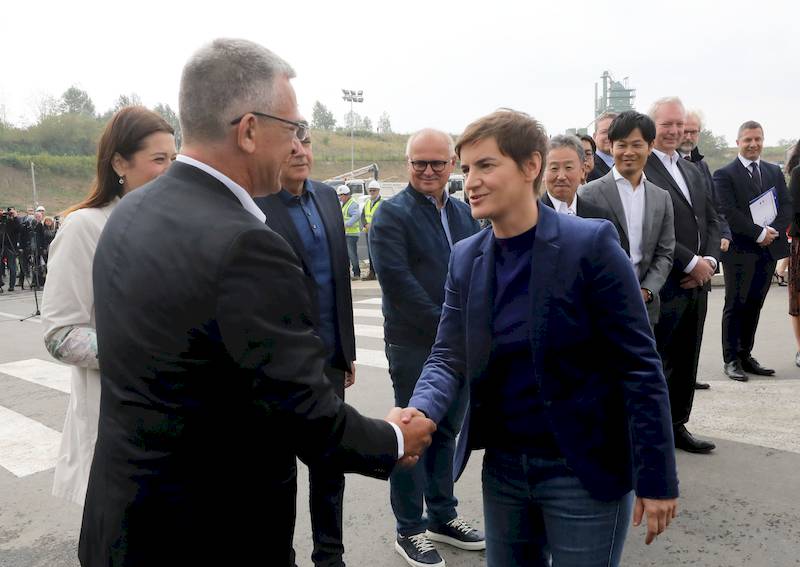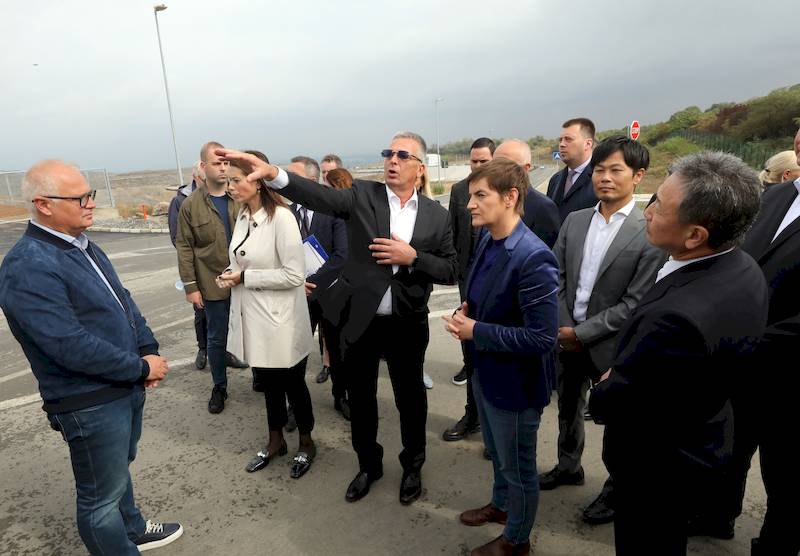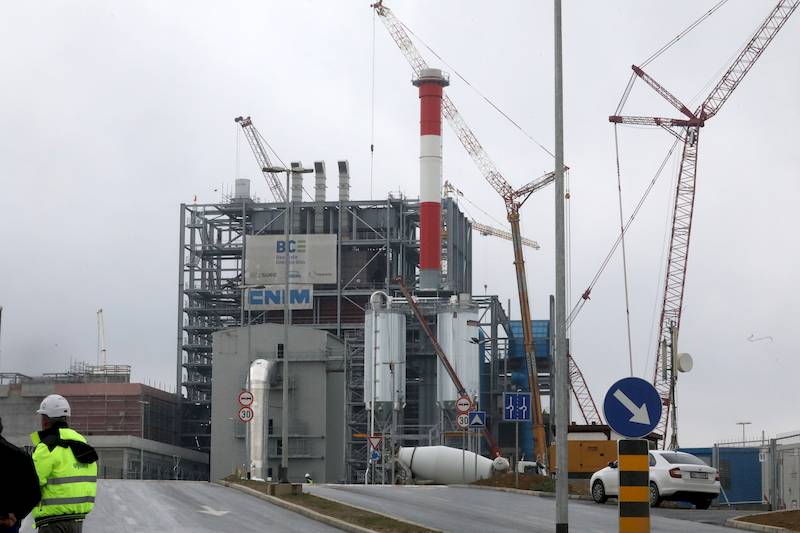Prime Minister Ana Brnabic stated today that by arranging the sanitary landfill "Vinca" we are showing a responsible approach to environmental protection but also to the circular economy and green transition, which is one of the two priorities of the current government.
- Serbia
Get to know Serbia
- Citizens
Culture and science
Health services
Pension and disability insurance
- Business
Employment
Economy
- Media
- Government
- Contact
Keep in touch
Keepin touch
Whether you have a question, comment, suggestion or any problem in the purview of the government, send us your message and we will try to respond as soon as possible. If your problem is not in our purview, we will forward your message to the relevant institution.
Landscaping in Vinca largest environmental project in Serbia
During the visit to the new sanitary landfill "Vinca", Brnabic stated that the previous unsanitary landfill – landfill in this part of Belgrade was one of the 50 biggest environmental problems in the world and the second biggest problem on the European continent.
The project of arranging the sanitary landfill, as she pointed out, is the largest environmental project in Serbia, which is being done through a public partnership with the French-Japanese consortium.
She reminded that the Belgrade landfill reached the ecological black list because more than five billion cubic metres of methane were emitted into the atmosphere in the last 45 years.
The citizens of Belgrade generate between 1,500 and 1,600 tons of municipal waste per day, which has been deposited in an unconditional and unsanitary landfill for 45 years, which is why we had many problems, but we were also the cause of greenhouse gas emissions and one of the biggest polluters in Europe, Brnabic said.
According to her, the project of arranging the sanitary landfill has five small projects, two of which have already been completed: closing the old landfill, which was done on 2 August, and opening a landfill for disposal and recycling of construction waste, which was completed on 18 August.
The third component is the construction of a power plant for incineration of municipal waste, which will be completed in November 2022, and from the next heating season in Belgrade we will have ten percent of total thermal energy from waste, while five percent of electricity will come from this source, said the Prime Minister.
She added that the construction of a power plant is planned, which will turn the landfill gas into electricity, and that the fifth project within the arrangement of the sanitary landfill is the construction of a wastewater treatment plant.
There are 492 such plants in Europe. It is in line with the best EU standards, and for the first time in Serbia, we will get heat and electricity from waste, said Brnabic.
The Prime Minister pointed out that so far, 70 percent of the electricity came from thermal power plants, and that only in 2014, investments began in the desulphurization plant.
Over 600 million euros have been invested in desulphurization plants, which have been completed for the Kostolac B thermal power plant, and we expect a tender for the construction of a desulphurisation plant in Kostolac in block A by the end of the year, concluded Brnabic.
-
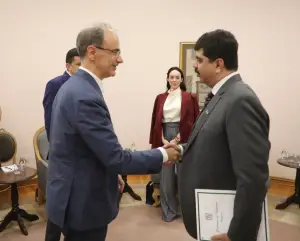 Belgrade, 27 June 2025
Belgrade, 27 June 2025Improving political dialogue, economic relations with Pakistan
-
 Belgrade, 27 June 2025
Belgrade, 27 June 2025Political relations between Serbia, Spain at high level
-
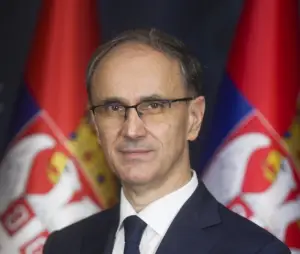 Belgrade, 27 June 2025
Belgrade, 27 June 2025Prime Minister sends congratulatory message on Gendarmerie Day
-
_06_25_2025.webp) Belgrade, 25 June 2025
Belgrade, 25 June 2025Budget Fund for National Minorities in 2025 to amount to RSD 25 million
-
 Belgrade/Athens, 23 June 2025
Belgrade/Athens, 23 June 2025Strategic partnership between Serbia, Greece in areas of common interest
-
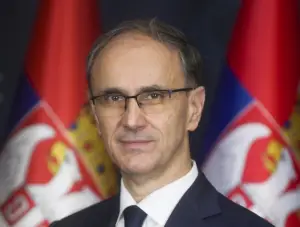 Belgrade, 23 June 2025
Belgrade, 23 June 2025Prime Minister on working visit to Athens
-
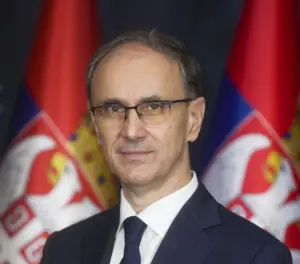 Belgrade, 20 June 2025
Belgrade, 20 June 2025Serbia, Egypt committed to strengthening trade, political ties
-
 Belgrade/Cairo, 19 June 2025
Belgrade/Cairo, 19 June 2025Gratitude to Egypt for support in evacuating Serbian citizens from Israel
-
 Belgrade/Cairo, 19 June 2025
Belgrade/Cairo, 19 June 2025Potential to enhance cooperation with Egypt in multiple fields

